7 DIY Smart Home Projects You Can Complete In A Weekend
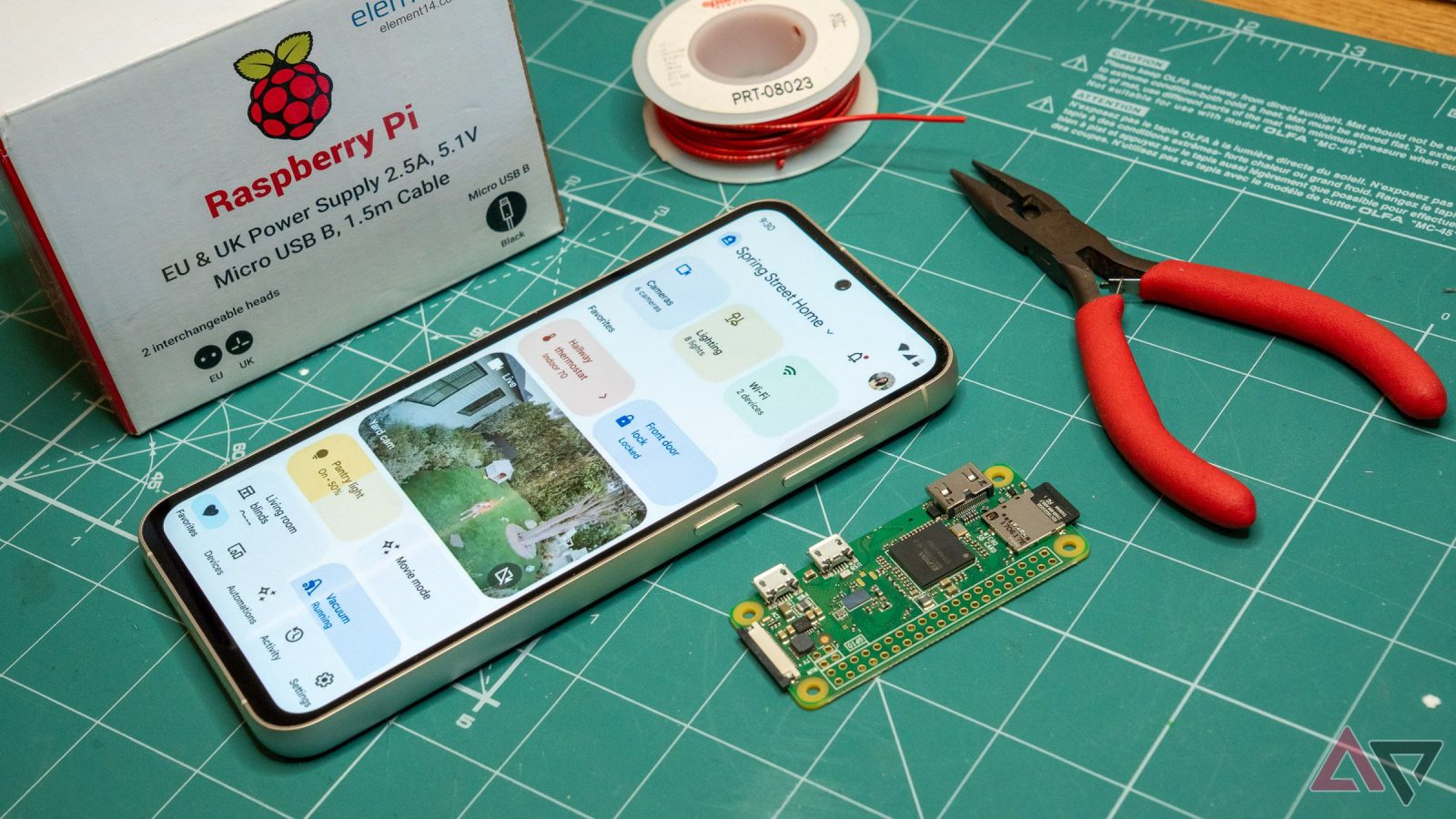
Contents
You’ve turned your house into a home, and you’re curious what the next level is. How about making your home smarter? There are many ways to do this, and the easiest is to pick from the best smart home devices. However, if you’re a DIY enthusiast, sprinkle a dash of personality into your smart home setup. Here’s a selection of DIY smart home projects and ideas that you can complete in a weekend when you have all the parts.
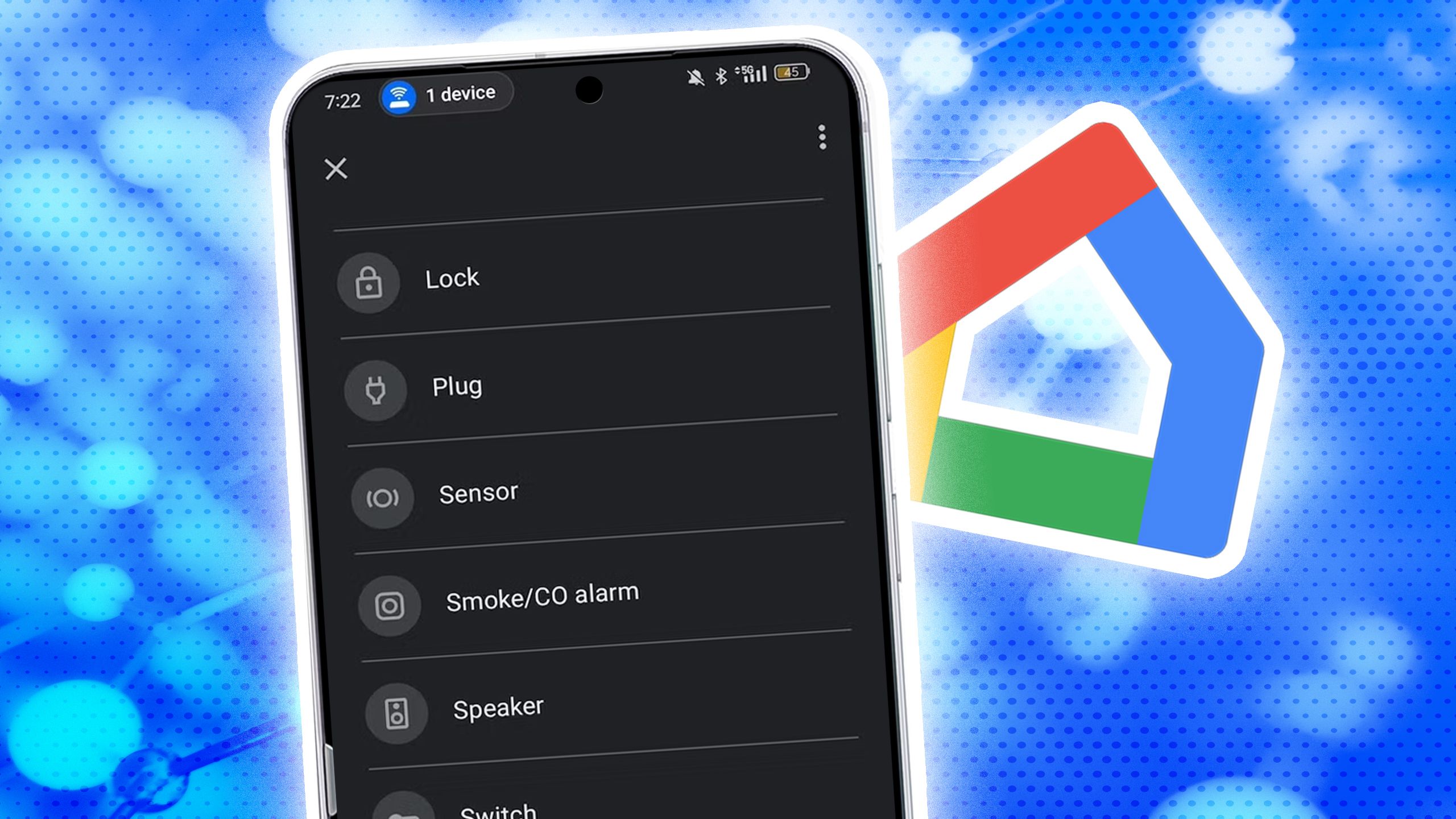
Related
7 DIY wall decor with RGB LEDs
Using a smart RGB LED rope
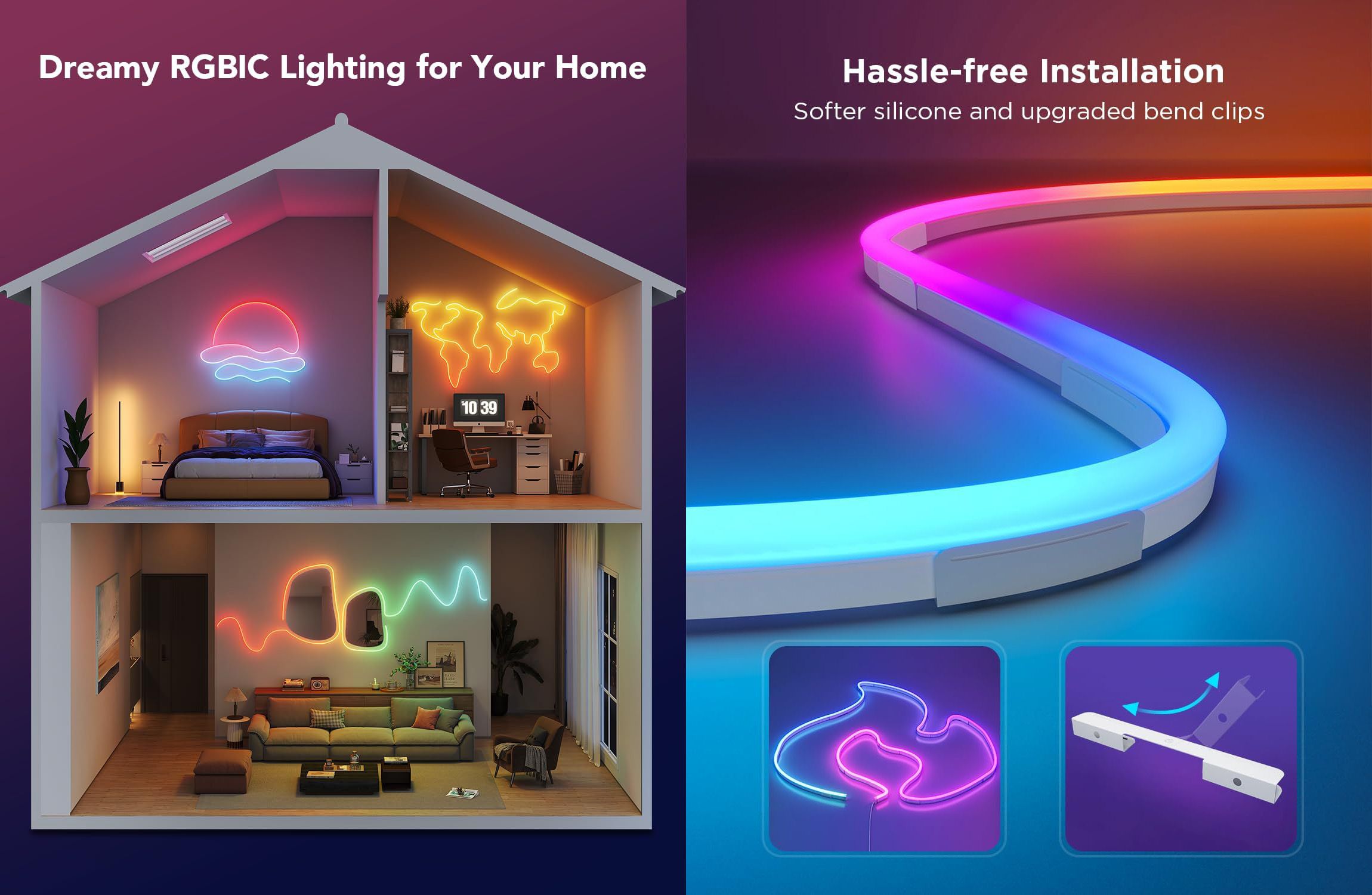
Source: Govee
You’ve heard of LED strips, but you may not have seen a smart LED rope like Govee’s. This model is ideal for DIY applications. You can mount it on a wall with the brackets from the set. The flexible material containing the LEDs allows you to bend the string into various shapes, while the built-in diffuser layer creates a neon-like glow.
You can liven up a boring wall with a custom pattern or draw inspiration from the numerous designs Govee suggests in its app and website. Govee’s software allows different sections of the LED rope to glow in various colors, so you can get extra fancy with your creations. The Govee app also features dozens of built-in lighting effects, including ones that react to sound.
The Govee Smart Neon Rope Light 2 supports the Matter smart home standard and works with Google Home. You can turn the LEDs on or off using voice commands with assistants like Siri, Alexa, and Google Assistant. A couple of downsides. If you rent, your property manager may not be a fan of the wall-mounting hardware, and the wireless control module doesn’t support 5GHz Wi-Fi.
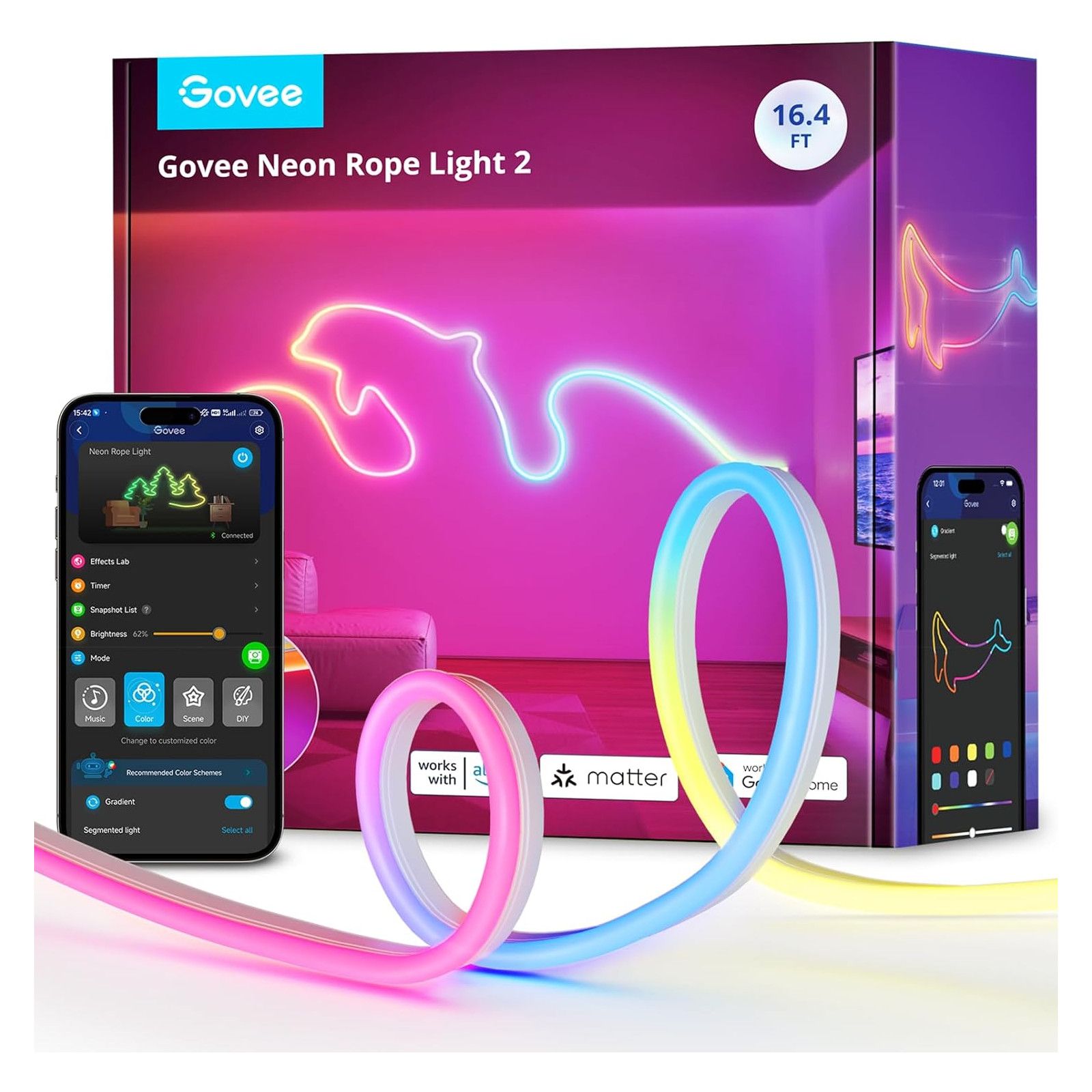
Govee Neon Rope Light 2
The Govee Neon Rope Light 2 is made of flexible material, allowing you to shape it as you wish. You can use the Govee app to change the color of each section or pick from a variety of effects.
6 DIY smart mirror
A geekier way to check yourself out
Got an old PC monitor collecting dust in the attic? Here’s a way to bring it back to life. You can create a useful and cool DIY smart mirror by throwing in a Raspberry Pi mini computer and a two-way mirror. Thanks to the built-in screen, a smart mirror can display widgets with information like the weather or your upcoming calendar events. It can also play music or videos. The mirror can function like a futuristic clock when not in use.
This project is suitable for experienced DIYers familiar with power tools, electrical wiring, and disassembling electronics. However, you can make your life easier by buying a pre-made two-way mirror. It also helps that the smart mirror code is available in the MagicMirror 2 software, which you install on the Raspberry Pi with a single command. While the hardware required to make a smart mirror isn’t cheap, the result can be an awesome-looking and functional device.
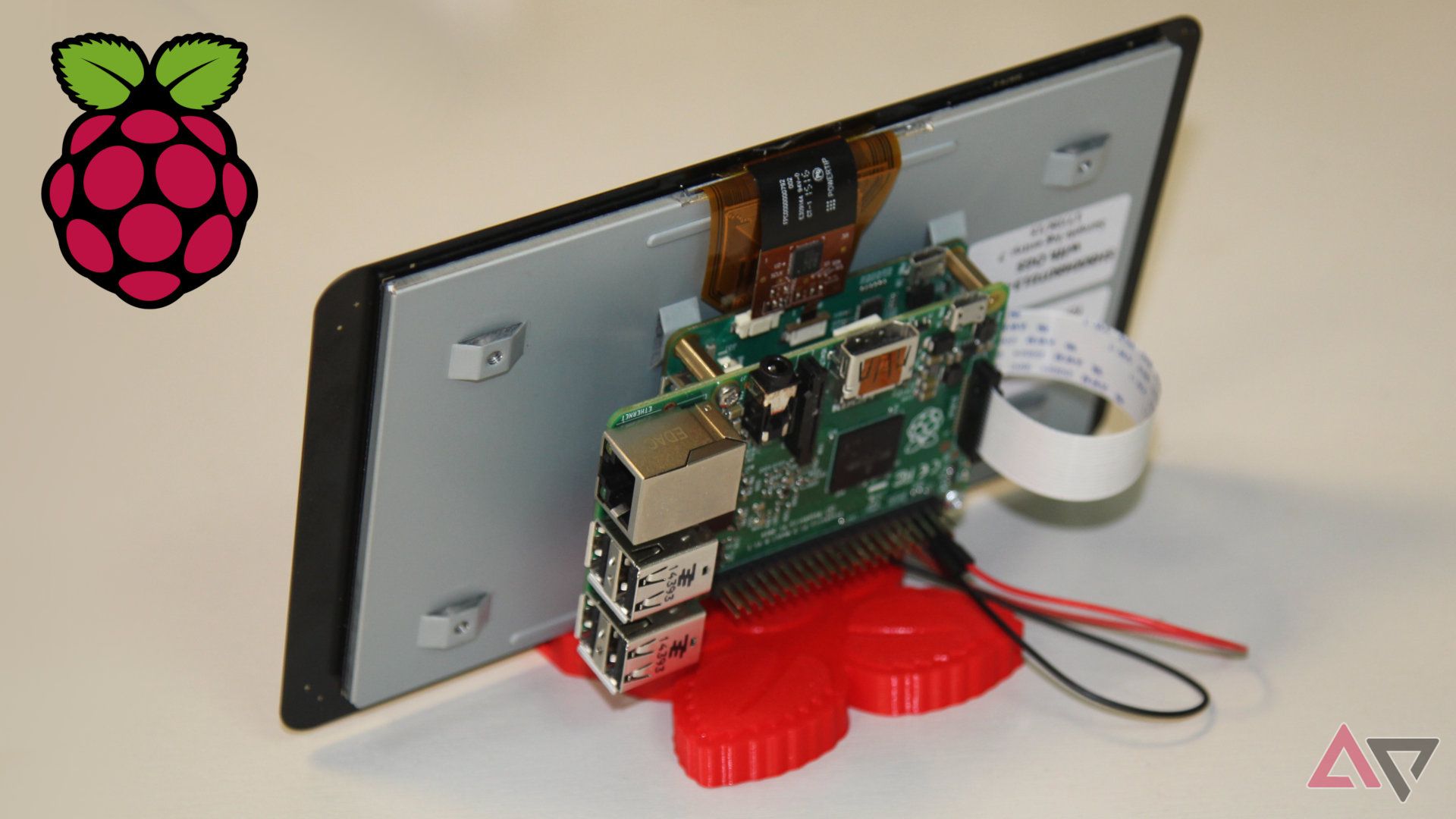
Related
What is Raspberry Pi and how can I use it?
Raspberry Pi is a sweet treat for do-it-yourselfers, educators, and makers and a key component in many automation projects
5 DIY mailbox notifier
Use a vibration sensor to get alerts
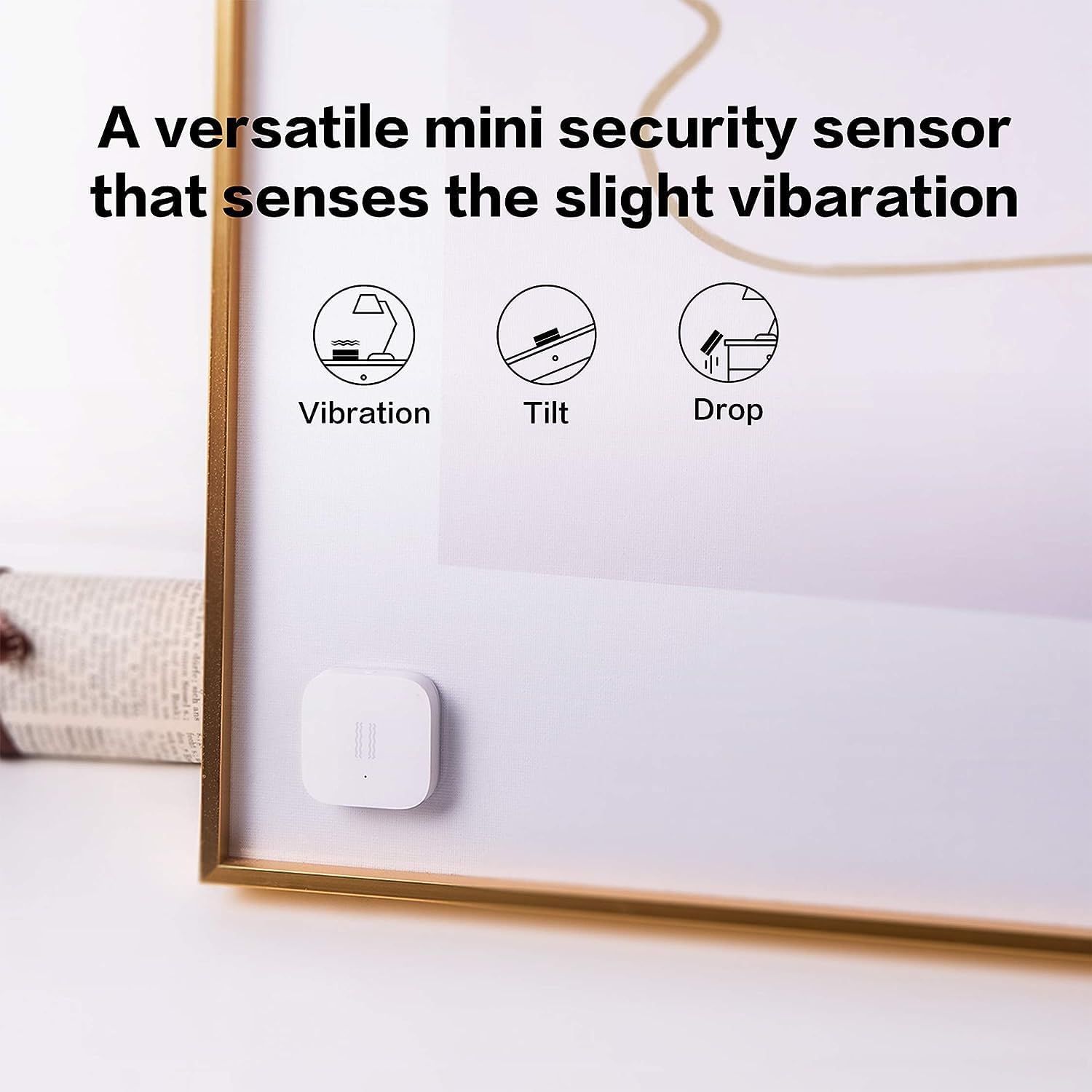
Source: Aqara
Aqara sells a sensor that detects vibration, drops, or tilt. One creative use for it is to make a DIY smart mailbox by sticking one to its door. When the mail arrives, the sensor sends a signal to a smart hub, which pushes a notification to your phone. Depending on the design of your mailbox, a motion or a door sensor could work more reliably. According to user reviews, the tilt detection feature only works when using the sensor with the Aqara hub.
By design, these sensors are useful as part of a home security system, as they sense when someone breaks a window or opens a drawer. However, people who have bought them have come up with many creative applications. For example, the vibration sensor can alert you when a washer or dryer finishes. The setup process for this can be tricky, but some users made it work. Others have used the door sensor with fridges and pet doors. It’s also possible to combine a sensor with a reclining chair that controls the lights, as suggested by YouTuber Smart Home Solver.
4 DIY e-ink display dashboard
Some coding required
If you’re an experienced DIY enthusiast, here’s a project that will test your skills. YouTuber Tech Dregs made a dashboard using an e-ink display, an ESP32 microcontroller module, and a 3D-printed enclosure. His creation uses ESPhome, a platform that allows an ESP32 module to work as part of a smart home system. In this creator’s case, the dashboard displays data and status from multiple sensors around his home.
The hardware side of the project relies on off-the-shelf parts, which you’ll connect together. If you don’t have one of the best 3D printers, online services can print and ship the housing for you. The most challenging aspect of the project is getting the software to work. You should be familiar with writing and editing code. The project files shared by Tech Dregs on GitHub get things started, but you may need to adapt the code to work with the sensors and devices you installed in your smart home.
3 DIY soil moisture sensor
Keep your plants alive
A soil moisture sensor can alert you when your plants need watering. For instance, this project turns on a light to draw your attention. You can use the sensor at home or in a garden, as long as the hardware isn’t exposed to rain or harsh weather conditions.
The project above, courtesy of Makers Mashup, uses pre-made modules that you combine inside a 3D-printed enclosure. The hardware side of it shouldn’t be much of a hurdle, although some soldering may be needed. The software part could prove more challenging, but this DIY moisture sensor uses the ESPHome platform. You should be able to use existing code to replicate it or ask other makers in the community for help.
There are a few things to watch for. Some moisture sensors are of bad quality, so look at their reviews. Also, the project only alerts you when your houseplants need care. It could be upgraded to a fully automatic watering system, but that would likely require more than a weekend to complete.

Related
5 best plant identification apps on Android in 2024
Decipher what plants are living around you with these great apps
2 DIY multiroom audio setup
Play music from your phone across your entire home
Let’s say you have an existing set of speakers and an amplifier you love, but they’re not the smart type. WiiM makes the right products for your case. Its WiiM Pro and Pro Plus wireless streamers connect to popular music services like Spotify, Tidal, and Amazon Music. They also play music on your local network. Thanks to their multiroom synchronization capabilities, multiple streamers can play the same media across your home. Thanks to AirPlay 2, Google Cast Audio, and DLNA support, they play nicely with Android phones and iPhones.
While WiiM’s streamers offer outstanding, audiophile-grade audio fidelity, keep in mind that these models don’t have built-in amplifiers. You’ll have to look into the WiiM Amp if you need one.

WiiM Pro
The WiiM Pro streams high-quality music from your favorite services or stored on your local network. Use multiple streaming devices to create a multi-room audio setup in your home.
- Dimensions
- 5.5 x 5.5 x 1.65″
- Audio outputs
- Line-out, optical, coax
- Integrations
- Google Home, Alexa, AirPlay 2, Spotify Connect, Tidal Connect, DLNA
- Bluetooth codecs
- SBC, AAC
- Wi-Fi
- 802.11 b/g/n/ac dual-band
- Ethernet
- Yes
1 Make anything smart with a SwitchBot
A module that pushes buttons for you
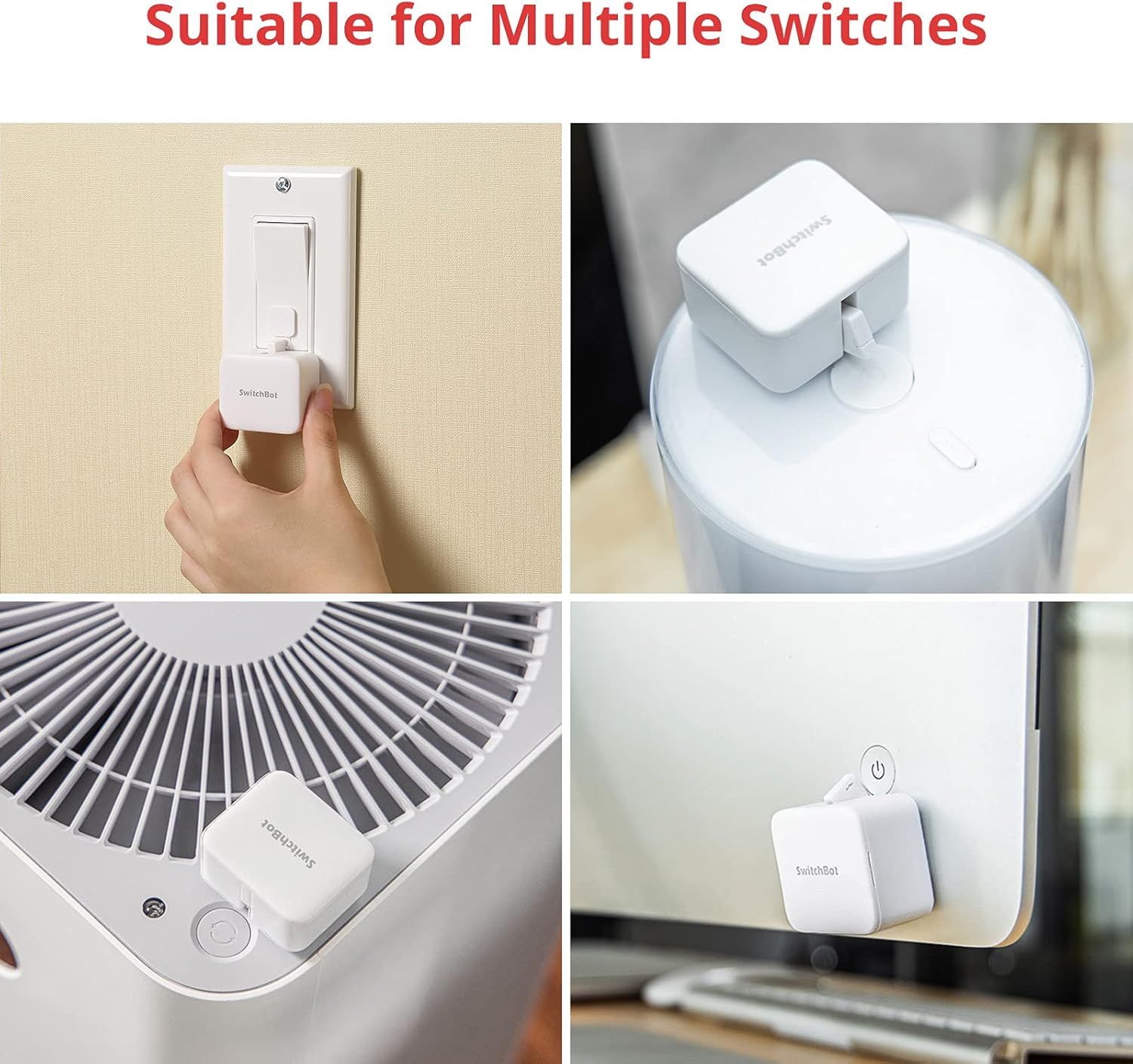
Source: SwitchBot
Not many people are aware of this nifty gadget. The SwitchBot is a device that physically pushes buttons and switches. This allows you to control or automate existing non-smart appliances without any modification. It is compatible with Alexa, Google Home, and IFTTT, so it integrates into existing smart home setups.
One popular application for a SwitchBot is to turn lights on and off. However, creative individuals have come up with clever uses like setting their coffee maker to start brewing when their alarm rings. Multiple reviews mention sticking one to a computer, projector, or hard-to-reach AC unit to turn it on remotely. I would use one to turn the bathroom fan on and off automatically.
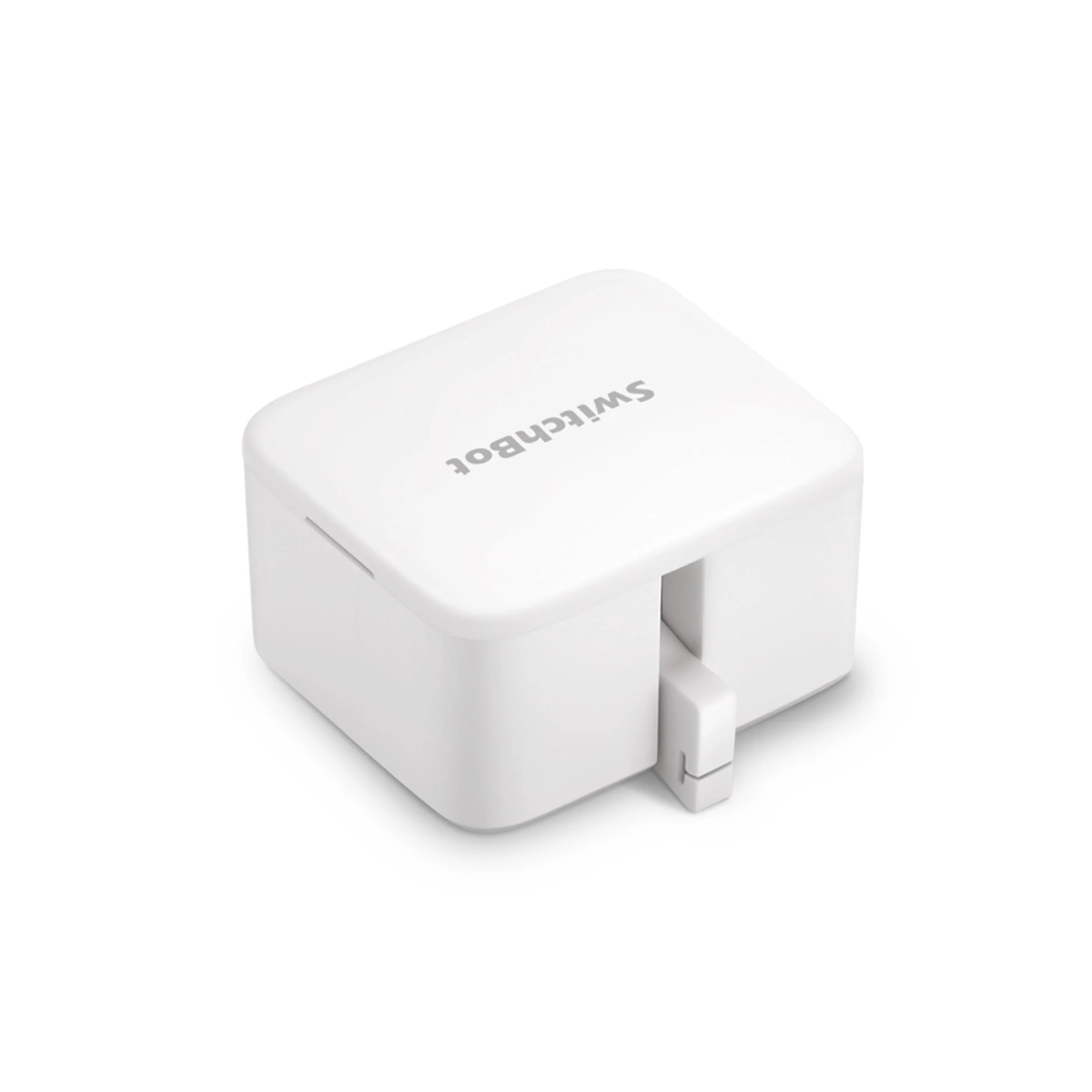
SwitchBot
The SwitchBot is a gadget that physically presses buttons and switches. It is ideal for remote interaction with non-smart devices from ceiling lights and garage doors to coffee machines and computers.
Sometimes, DIY is the best way to go

Source: Lucas Gouveia/Android Police
Taking the DIY route could save money or be the only way to get the results you’re aiming for. The creative journey could be fun. Whether you’re an experienced maker or you bought your first screwdriver set, I’m sure one of these projects got your attention. Remember to stay safe, read the manual, and don’t use tools you’re not familiar with. While we’re on the topic, check out the smart home devices you shouldn’t buy.
What’s your reaction?
Love0
Sad0
Happy0
Sleepy0
Angry0
Dead0
Wink0
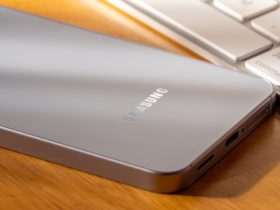





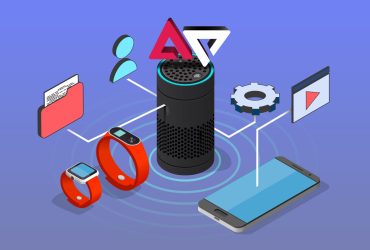



Leave a Reply
View Comments